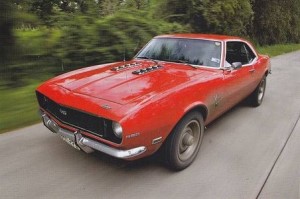Forces On a Moving Car
What forces affect a moving car? Many forces are acting for and against a car when in motion, as we see list here…
Laminar air flow – Laminar flow is when a fluid (like air) moves in parallel layers with no disruptive perpendicular cross-currents. This is experienced over the car’s chassis.
Thrust – The forward thrust from the engine counteracts the forces of drag. The more drag that acts on the car, the harder the engine has to work to speed the vehicle up.
Rolling resistance – Rolling resistance is the force acting against the tyres as they turn. The higher the rolling resistance, the more energy (ie fuel) is needed to push the car along.
Lift — Lift counters downforce and is created as air flows around and below the car, pushing it up. Lift in a car is bad: it means loss of traction, which goes against acceleration.
Gravity – Like everything else on our planet, gravity constantly acts on a car to pull the object towards the ground. This is a form of friction, slowing the car down.
 Downforce – A downwards thrust created chiefly by the aerodynamic physics of a car such as a spoiler or wing. Downforce is essential to keeping the car planted to the ground.
Downforce – A downwards thrust created chiefly by the aerodynamic physics of a car such as a spoiler or wing. Downforce is essential to keeping the car planted to the ground.
Drag – Drag is a form of wind resistance defined as still air pushing against a moving object. Drag counteracts thrust, so the more a car speeds up, the more drag increases.
Turbulent air flow – Air at the back of the car experiences distortion laterally, with its layers interacting through a series of eddies and rough currents.
